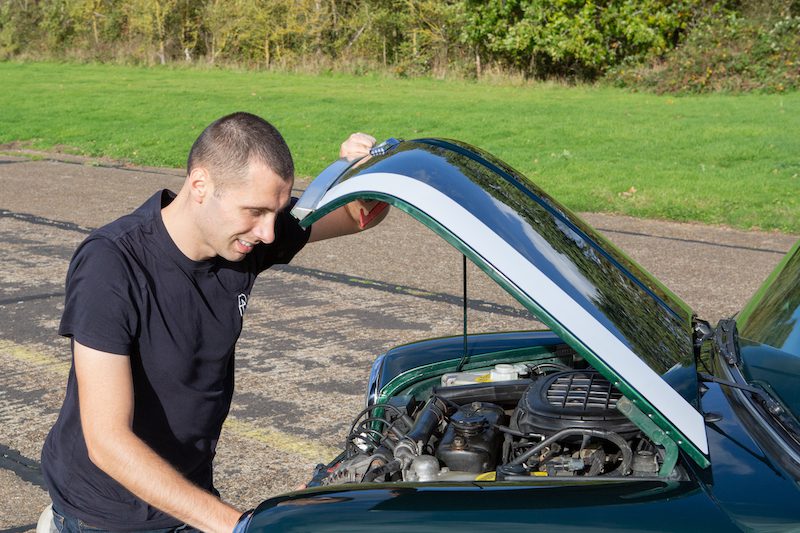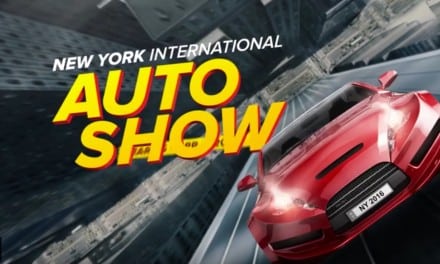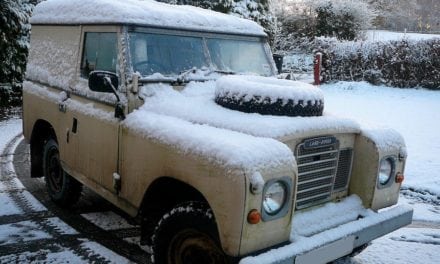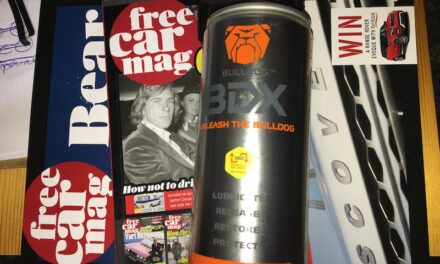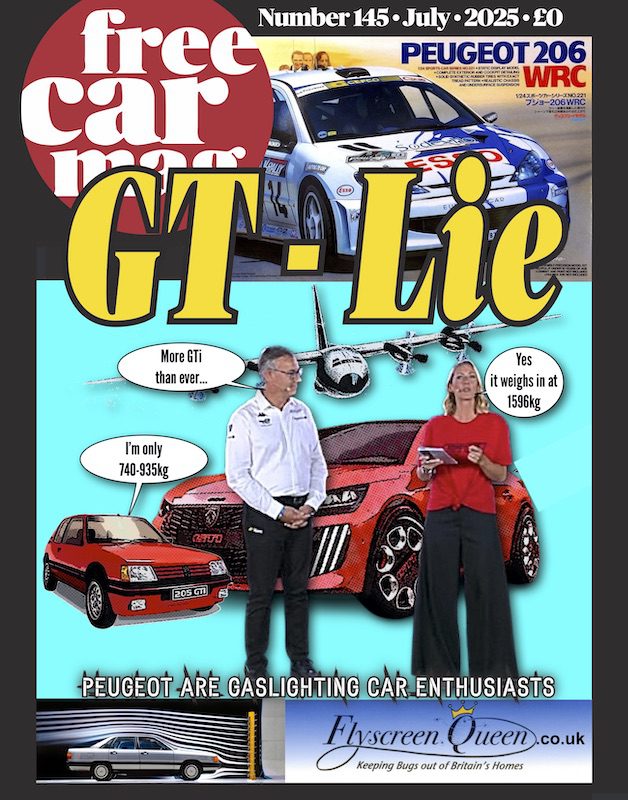Inspired by his favourite film, The Italian Job (1969), Phil Mires started dealing in classic Minis in 2021 at the age of 26. Three years on and he has notched up more than 50 sales totalling around £700,000. Phil, from Ottershaw in Surrey, had already made hundreds of thousands of pounds from his online antiques and collectables business, which he started ten years ago aged just 19, but it was his love of the Mini that helped him realise his true ambition.
Now a recognised authority, he focuses on limited edition, rare and highly sought-after examples from the marque. He currently has a 1994 John Cooper S conversion with only one owner and 7695 miles on the clock.
“Most of my buyers are collectors and enthusiasts, as well as people reminiscing about learning to drive in a classic Mini, or fondly remembering a Mini that a relative once owned,” says Phil.
“I have an ever-increasing client waiting list for particular Minis. Prospective buyers contact me with their desired specification (model, colour, mileage etc) and budget, and I subsequently inform them when a Mini potentially suitable arrives in stock.”
The great thing about classic Minis is that parts are predominantly cheap and readily available, says Phil, they can be straightforward to work on and maintain, and they take up about half the storage space of a modern-day car.
“Thanks to their ingenious design and configuration, they are surprisingly spacious within – I should know, I’m 6ft 4in – whilst providing a driving experience that can only be compared to a go-kart; sprightly, agile and easy to park in tight spaces.”
Phil’s love of Minis started early.
“I fondly remember my mum’s black Mini Mayfair, named ‘Matilda’, from when I was a young child. It was a shame when she sold it to buy a Metro, and my mum was deeply upset as Matilda was her first car and she’d developed a bond and created a sense of personality for the car.
“This is something that resonates among most Mini owners, who see their Minis as more than just cars,” says Phil. “They are almost part of the family, like a faithful pet.
“Both of my parents learnt to drive in classic Minis. My nan, who was in her 50s when she began driving, also learnt to drive in a classic Mini and owned one as her first car.”
So, what are the key considerations when assessing a Mini?
“I sell Minis globally and know what my buyers want so I need to be selective with my approach to acquiring stock,” says Phil. “I’d say that a good 90% of the Minis I view aren’t up to scratch.
“Rust is, without doubt, the biggest issue when it comes to classic Minis. The first thing my buyers do is check the car’s online MOT history record. Any sign of corrosion and many prospective buyers are deterred straight away, regardless of how well the corrosion has been addressed.
“Ultimately, there is far greater demand for examples in original, preserved condition rather than heavily restored. But such Minis are few and far between, and that’s why genuine low-mileage, original examples are worth so much more.
“The model of the Mini is also a major contributing factor. As with anything collectable, the rarer it is, the more desirable it is, so a greater price it will command.”
Phil Mires’ essential Mini facts for aspiring collectors/buyers
The main contributing factors when it comes to value are: desirability and rarity of the model, mileage, provenance and condition. An original, preserved example is more appealing than a highly restored example.
Various special limited edition – and now highly collectable – models were released towards the end of production, including the Mini Cooper Grand Prix, Mini Paul Smith, Mini John Cooper LE 40, Mini Cooper S Works and the Mini Cooper Sport 500. The Mini Cooper Sport 500 was the final edition of classic Mini (the last 500 classic Minis ever built) and is probably the most universally desirable of all the special editions – mothballed examples on delivery miles can achieve over £50,000.
“The Minis I sell now are typically priced from £12,000-30,000. I predominantly stock Mk6 and Mk7 Minis with fuel injection as they are better equipped for modern day driving. Fuel injection models (standard on Mini Coopers from circa 1992 up until the end of production in 2000) are smoother, more reliable and more efficient than their carburettored predecessors which have a manual choke. What’s more, the multi-point injection engine, introduced in 1996, has a taller final-drive ratio and this makes driving at higher speeds and cruising on the motorway more relaxed.”
A buyer’s checklist: https://philmiresclassiccars.co.uk/blogs/blog/phil-s-rover-mini-buying-checklist

